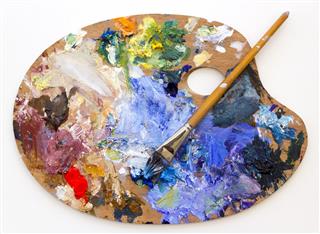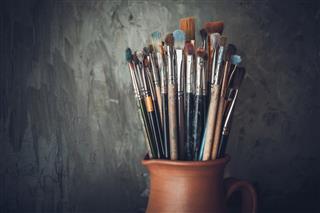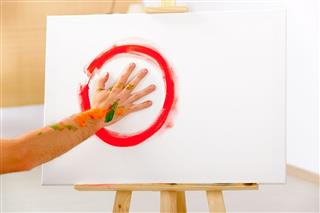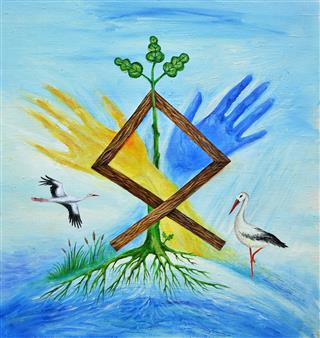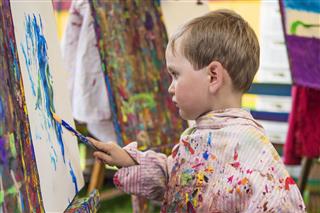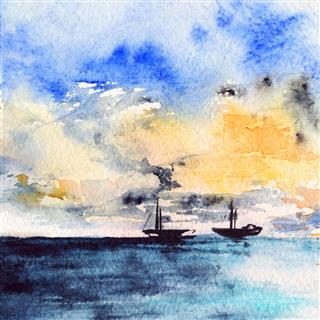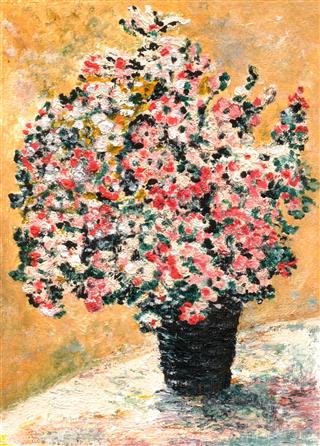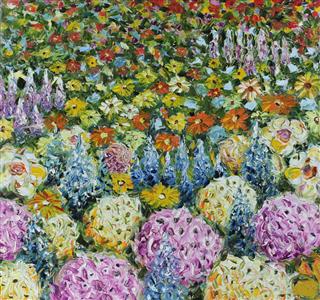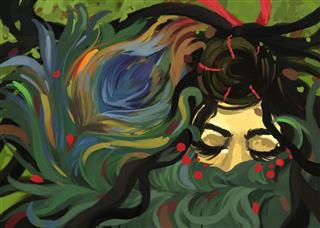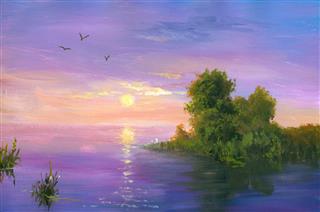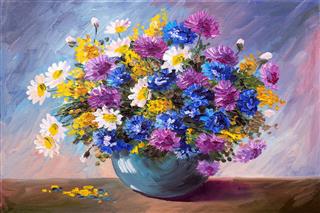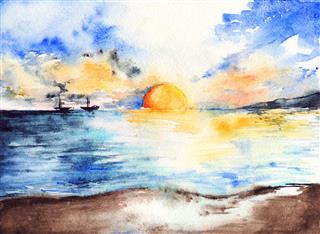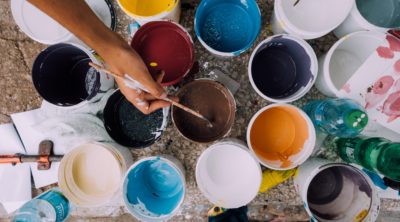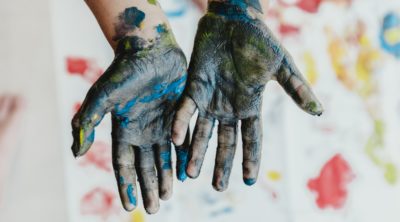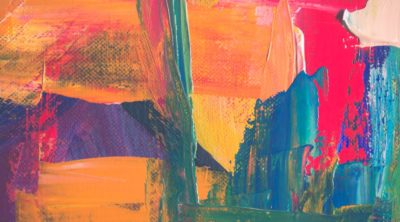
This article provides some simple information on canvas painting for novices. For painting on a canvas one needs certain tools and materials, without which the painting cannot come into existence.
Paintings are expressions of the soul captured on canvas, and meant to touch the souls of those looking at it. Canvas painting may seem daunting for beginners, however, if you take one step at a time, canvas painting won’t seem so intimidating.
Once you get a hang of the basics, then there’s no stopping! You can then unleash your creative side and use the canvas to showcase your personality, thoughts, and inner self! As with the creation of any other masterpiece, canvas painting requires skill and the right set of tools. As a novice artist you will have to understand the different tools required in this form of art. Let’s take a look at them.
Type of Canvas
The first step to painting on canvas is to get the right kind of canvas. For beginners, canvas panels are good, because they are not as expensive as stretched canvas and form a good surface to learn on. These panels are thin pieces of canvas covering lightweight cardboard, available in different sizes and are ready to paint. They come in two kinds of fabrics; cotton and linen, both of which come in different qualities and shades. Linen canvas is more expensive, however, you can purchase a large sheet of canvas and then cut it up to have different pieces of canvas. Moreover, get the primed canvas version, because it avoids the hassle of priming before the painting.
Types of Paints
There are two types of paints used for canvas painting; oil paints and acrylic paints. Most artists resort to oil paints, because it does not dry quickly and increases the scope for corrections. Moreover, they can be rejuvenated with a little mineral spirit or turpentine. Beginners palettes are available in stores, which will help you understand how to mix colors. As you understand your colors better, the shades and the way they blend with one another, you can experiment with the different kinds of colors available in the stores. For people who cannot bear with the oil painting drying time of 24 to 96 hours for the paint to dry, acrylic painting is the other option. Acrylic canvas painting is good because these water-based, acrylic paints dry quickly, however, it’s not a bad idea to be a little patient and experiment with oil paints.
Types of Paintbrushes
The same bristle and sable brushes are suitable for oil as well as acrylic paints. Bristle brushes are the harder ones, while sable are the softer kind of brushes. With brushes, experience is the best teacher. As you use them, you will realize which brushes you are comfortable with. Try out different shapes of brushes and find out which suits your painting style best. One of the various canvas painting tips for beginners would be to avoid sticking to smaller-sized brushes. The larger the brush, the lesser you will focus on detail. Moreover, to start off get the cheaper brushes. One needs to also clean the brushes thoroughly after use, especially brushes used for oil paints, because they can harden if left without cleaning.
Other Painting Materials
Mediums to thicken or thin the oil are required. Like brushes, to understand which medium is better, one has to go by the trial and error method. Then there are paint palettes available in wood, metal, glass, paper, or plastic. Paper pads are more convenient because you can easily discard each sheet after use, thereby eliminating the need to clean up later. Painting knives are also needed for mixing the paint and even painting.
Varnish
Applying a coat of varnish over the painting after it’s done, not only imparts a glossy finish to it, but also acts as a protective coating for the painting. Varnish application preserves the painting for longer, however, the varnish should be applied only after the painting has thoroughly dried or else it can ruin the painting.
Now that you are aware of the different materials required for canvas painting, take a look at some oil painting techniques for beginners to understand how to actually go ahead with oil painting. As you continue to paint and experiment, you will develop various painting ideas of your own. For beginners there are various guides available which give in depth step by step guidance, that can help understand the art in detail.

